The dust has settled on the Consumer Electronics Show of 2015, but
with the thousands of new tech products hitting headlines this January,
what trends, exactly, should photographers be taking note of? Amid the
4K TVs, wearable technology and unusual inventions, the photography
industry welcomed a few new announcements in cameras, lenses, drones,
data storage and printing. Here’s what technology is headed to the
imagining world in 2015.
Cameras
Cameras were admittedly, a disappointment at this year’s CES. Therewere a handful of compacts and extended zooms from Canon and Panasonic,
but only two cameras advanced enough to interest enthusiasts and serious
photographers.
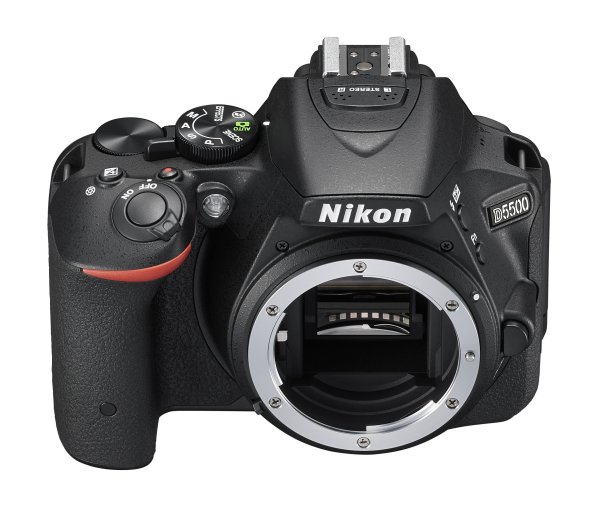
replaces the D5300 as the camera giant’s middle option out of three
entry level models. While the tech guiding the image quality remains
largely unchanged, the D5500 is the first DSLR to feature a touchscreen.
The D5500 also continues the trend of smaller camera bodies, shrinking
the size gap between DSLRs and mirrorless cameras.
Pentax also announced a DSLR, but hasn’t yet released the name or
full technical specs. It does look to be the replacement for the K-50
and appears to have an APS-C sensor, but with only a handful of details,
it’s hard to say where the new camera fits in.
Lenses
While cameras are getting smaller, lenses are following that sametrend. Out of Pentax’s three new lens announcements, the most notable is
actually the 18-50mm kit lens, because it is collapsable. When
collapsed, it appears to be as small as a prime lens. While collapsable
lenses have been around for some mirrorless cameras, it’s a refreshing
update to bulkier DSLR lenses.
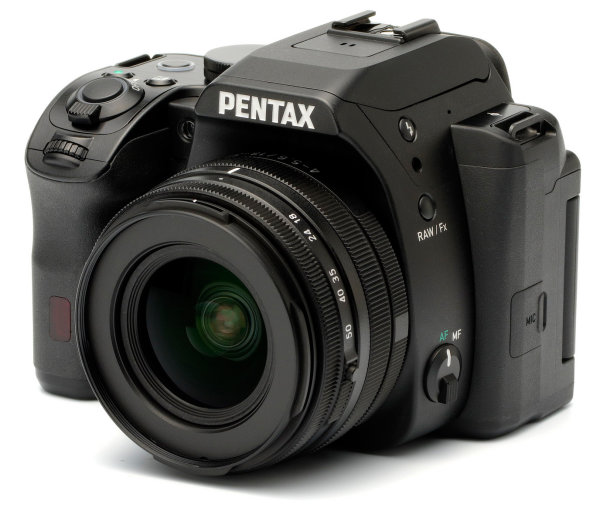
full frame fixed focal length AF lens. They don’t appear to be
sacrificing features to get down to the smaller size either, offering
4.5 stops of image stabilization, ED glass, and electromagnetic aperture
control. Technology called Phase Fresnel helps keep the size down while
fighting distortion.
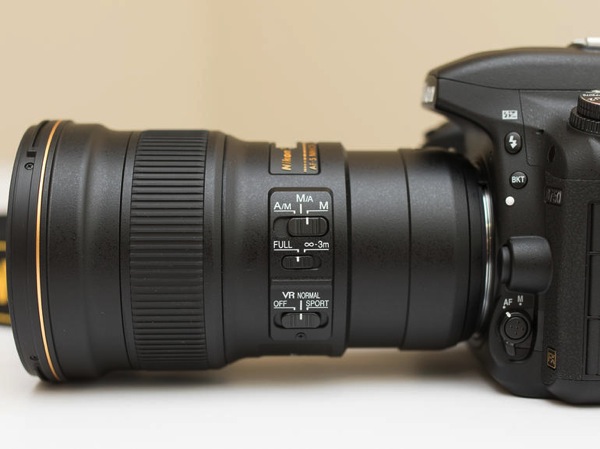
Drones
2015 could be described as the year of the drone, at least for CESanyways. Several dozen new models were on display with a variety of
different features. Some models include a built-in camera, including one
capable of shooting 4K video or 12 megapixel RAW, the DJI Inspire 1,
while others allow you to rig any camera and lens mount. The new Airdog
follows you (or whoever is wearing the wristband) around automatically
taking video. While most use a remote, the Hexo+ is controlled
completely via smartphone app. More are also becoming capable of ariel
stunts, though these models have yet to see a battery life long enough
to make them practical.
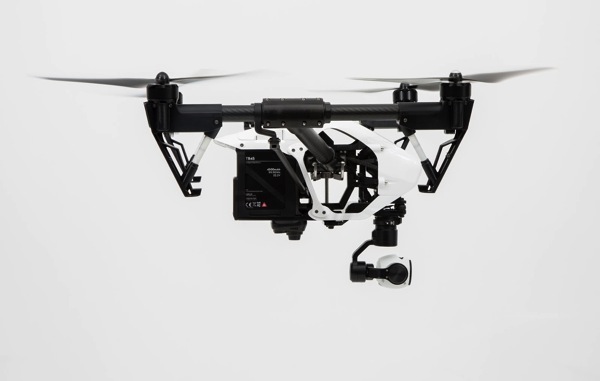
fit nearly any ariel photography need, and the more widely available the
technology becomes, the more affordable it will be as well.
Memory
While storing images isn’t exactly exciting, CES 2015 brought morethan a few image storage solutions worth noting. Samsung and Seagate
both introduced remarkably small external hard drives, though a few
stand out as advancing beyond just big capacity in a tiny size.
Canon has finally given a name and full details to the system they’ve
been hinting at since 2010, now known as the Canon Connect Station
CS100. Using wi-fi to connect to phones and wi-fi enabled cameras
wirelessly, images and video can be easily uploaded to the system. The
CS100 is designed to be used with a TV to display family photos and
videos, like a Roku box but for photos. The 1TB of storage won’t be
enough for serious professionals, but it’s worth watching to see how the
technology expands in the future.

to be more gimmicky than actually useful, it’s an interesting change
and indicates some potentially interesting advancements in the future.
The cards can be read with a NFC-enabled Android smartphone, but it only
allows you to see 16 thumbnails and how much space is available.
Actually transferring photos would require adding a power source to the
card, and NFC doesn’t have the bandwidth for that kind of transfer yet.
Still, seeing the advancements offers an interesting glimpse into what
might be possible a few years down the road.
Printing
While Polaroid certainly may not seem like a company making big CESdigital photography announcements, their Zip Mobile Printer is worth
taking a look.
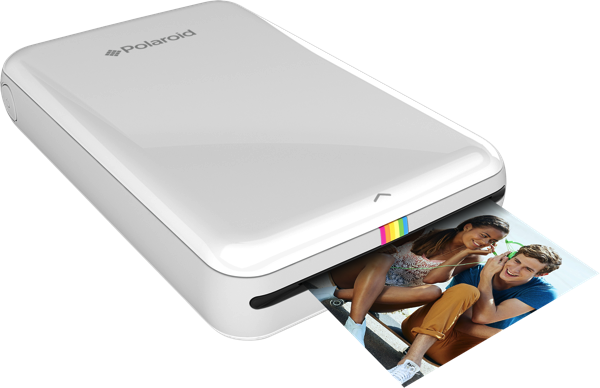
Polaroid Zip is keeping in tune with the manufacturer’s foundation on
instant, easily-shared physical images. But perhaps even more
interesting is that the printer doesn’t use ink. Developed by Zink, the
photo paper is made with embedded dye crystals. Heat from the printer
determines which colors are activated to make the print, which is
smudge-proof. The entire printer is about the size of a smartphone.
While designed for smartphone use, it’s worth noting and perhaps
wondering if something similar might be in store in upcoming years for
use with wi-fi enabled DSLRs and mirrorless cameras. The images print in
under a minute, without the need for ink – an advanced version could
come in handy for event photographers or photo booth style applications.
If this year’s CES is any indication, cameras and lenses will
continue to get smaller without sacrificing on image quality, while
accessories continue to expand in unusual ways. From drones to
wirelessly printing images without ink, it’s bound to be an interesting
year for photography-related tech.


No comments:
Post a Comment